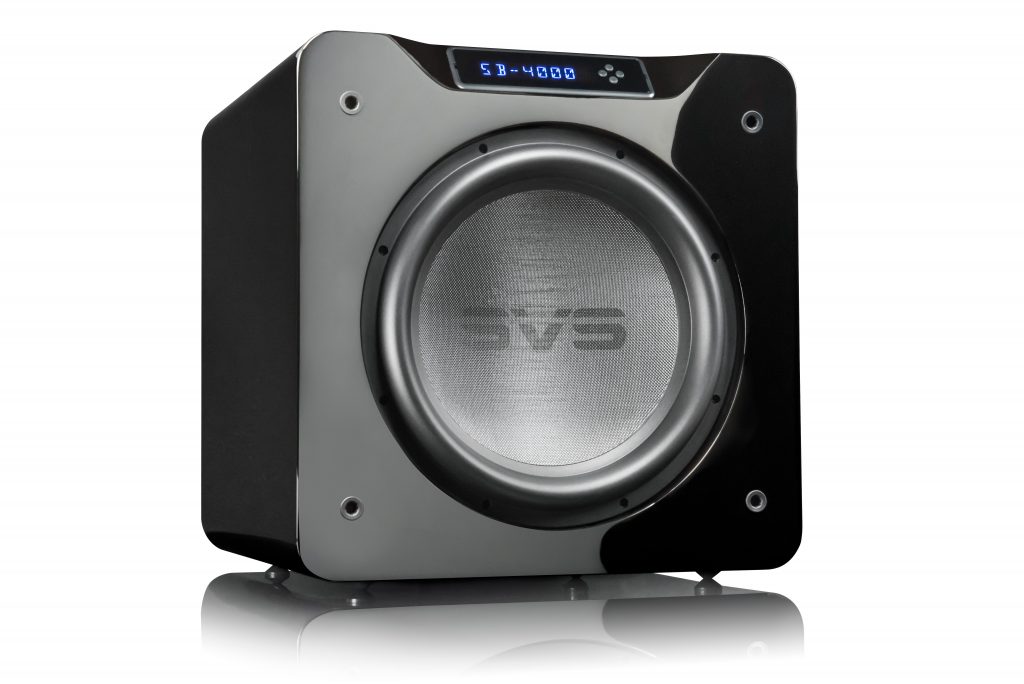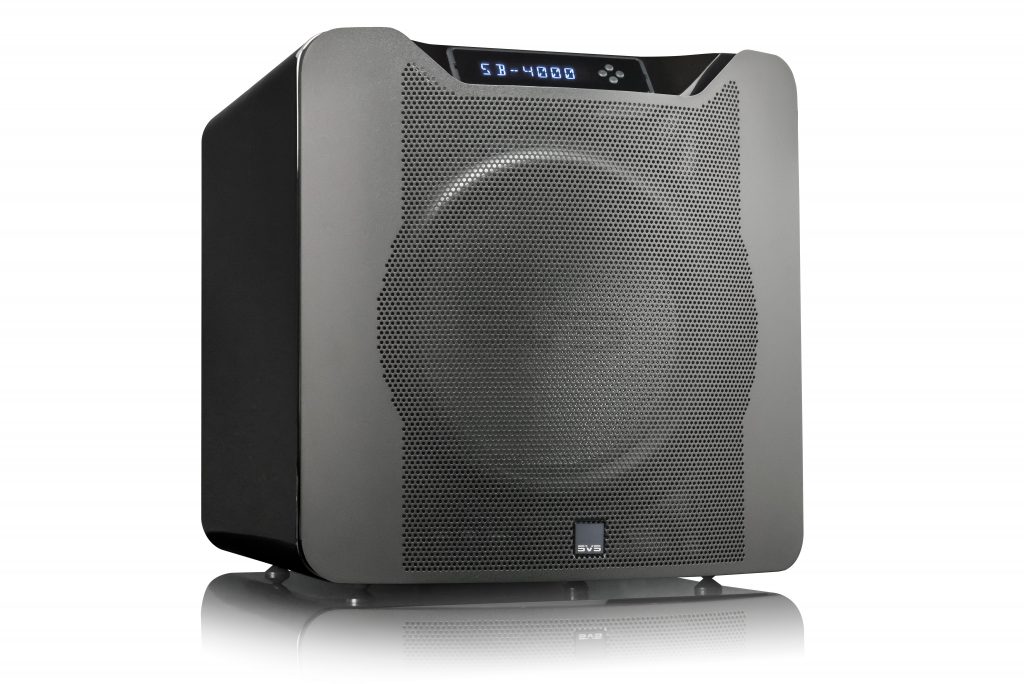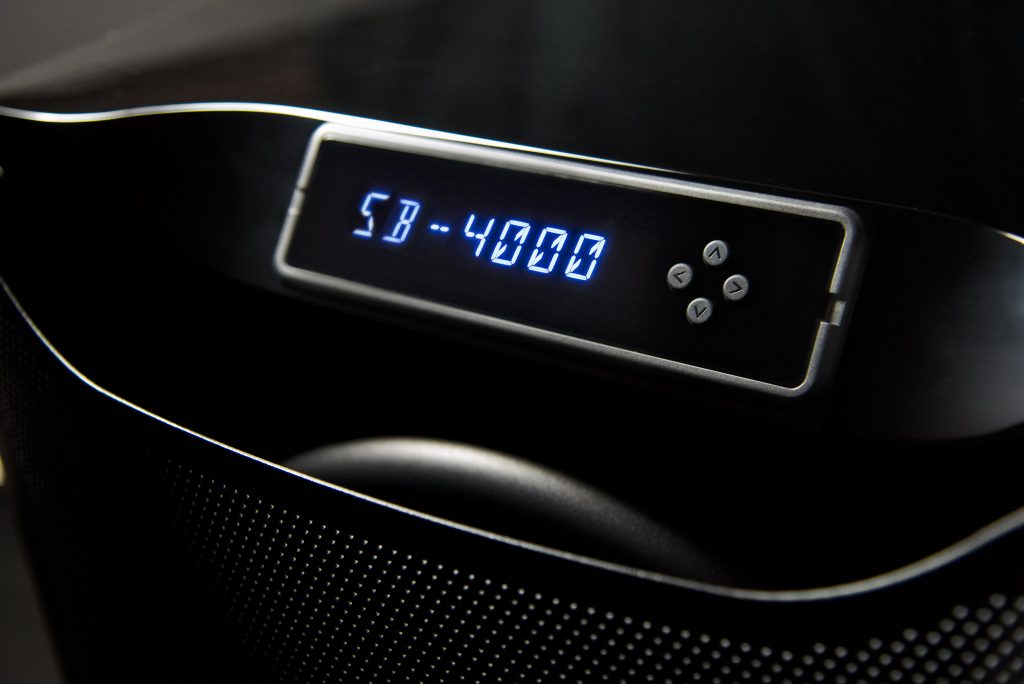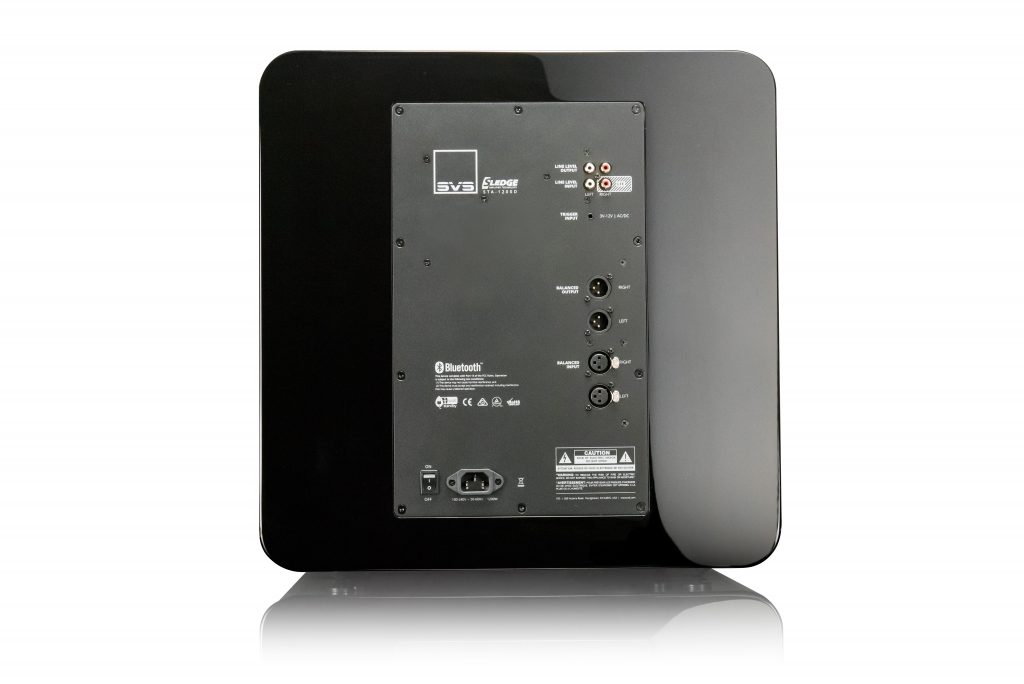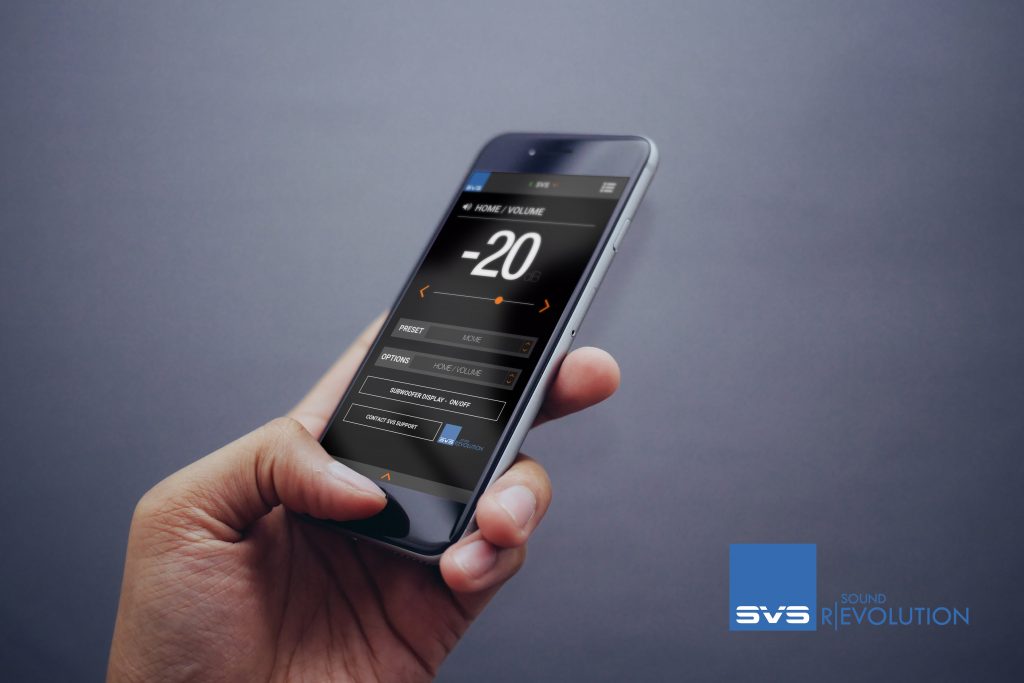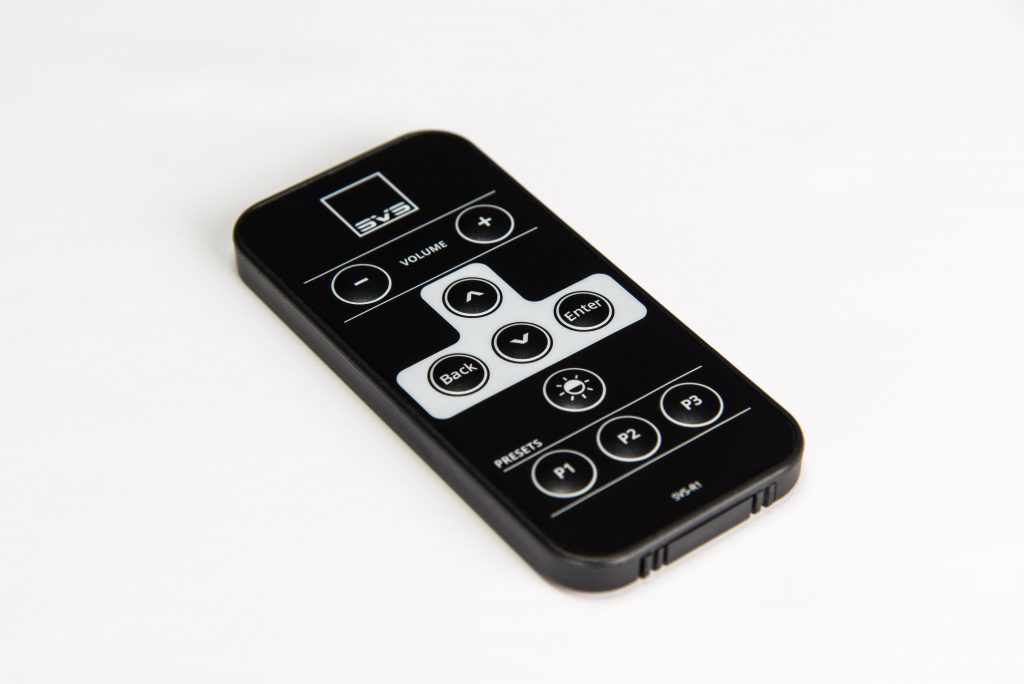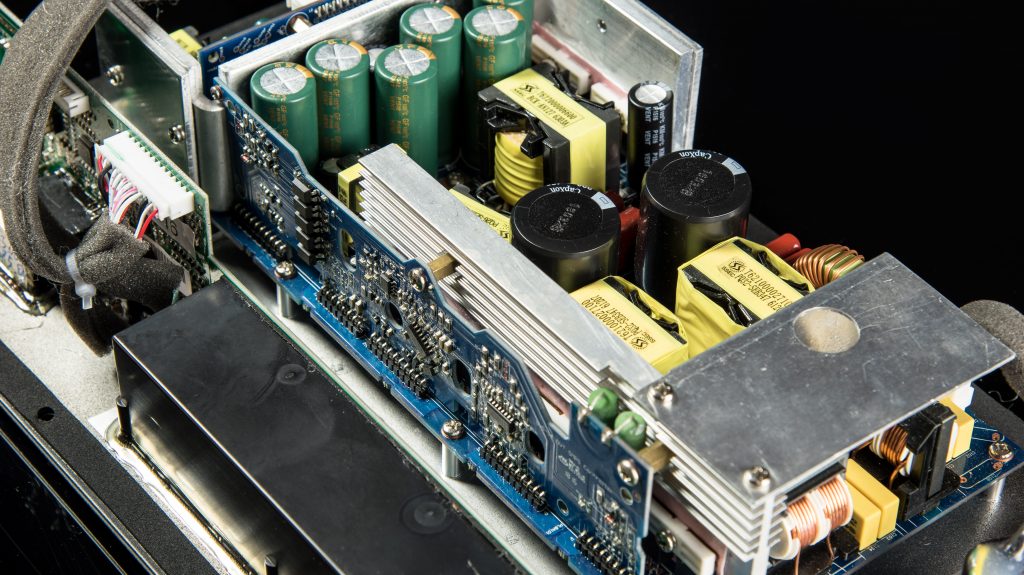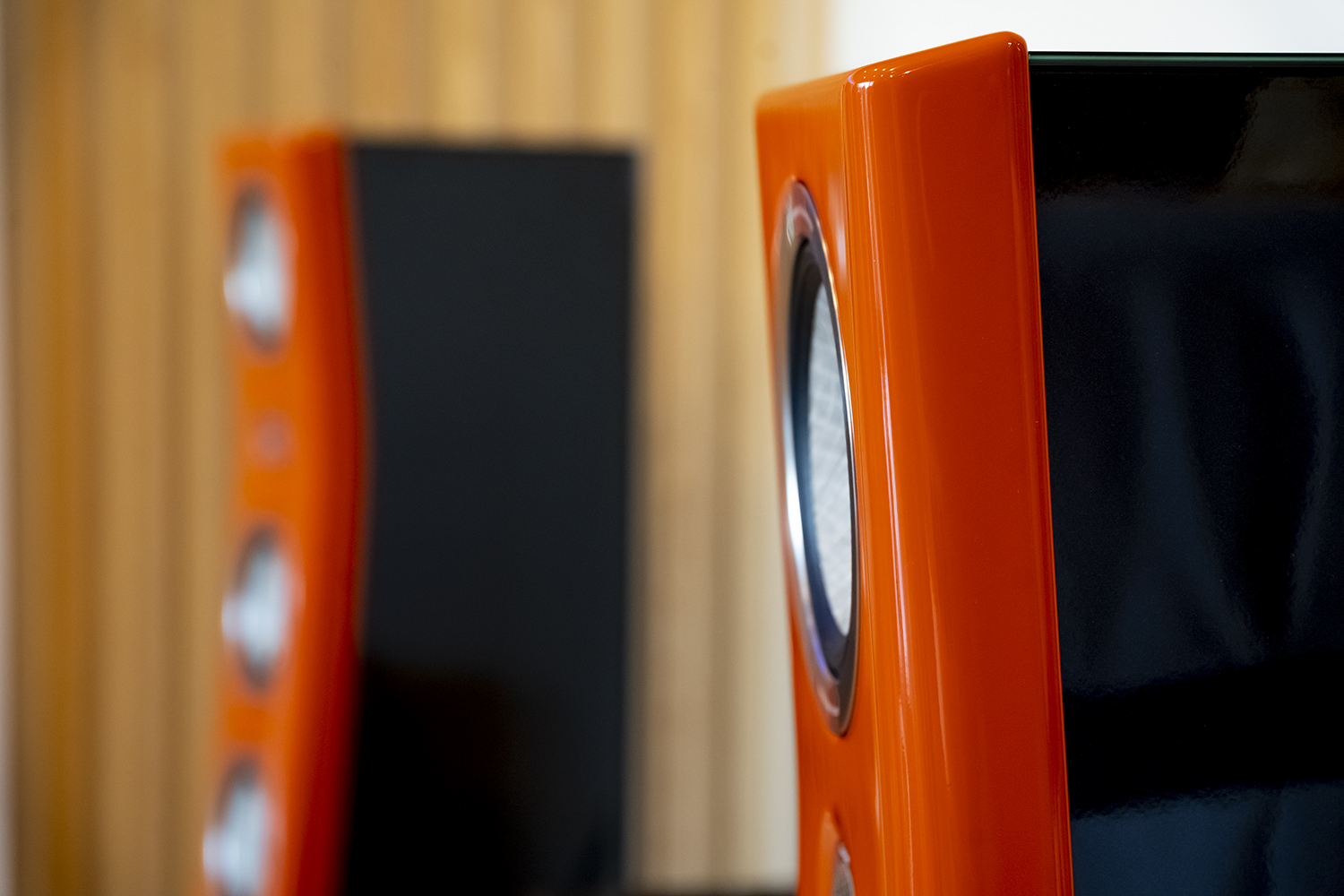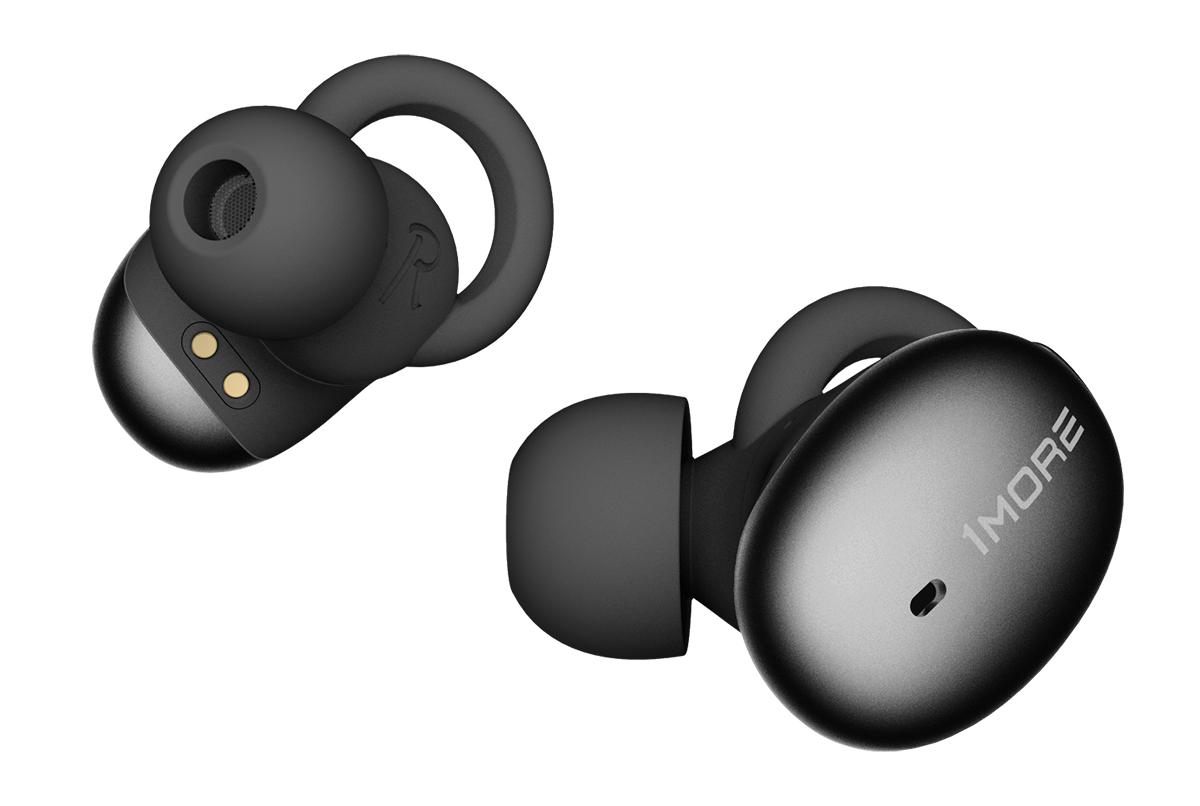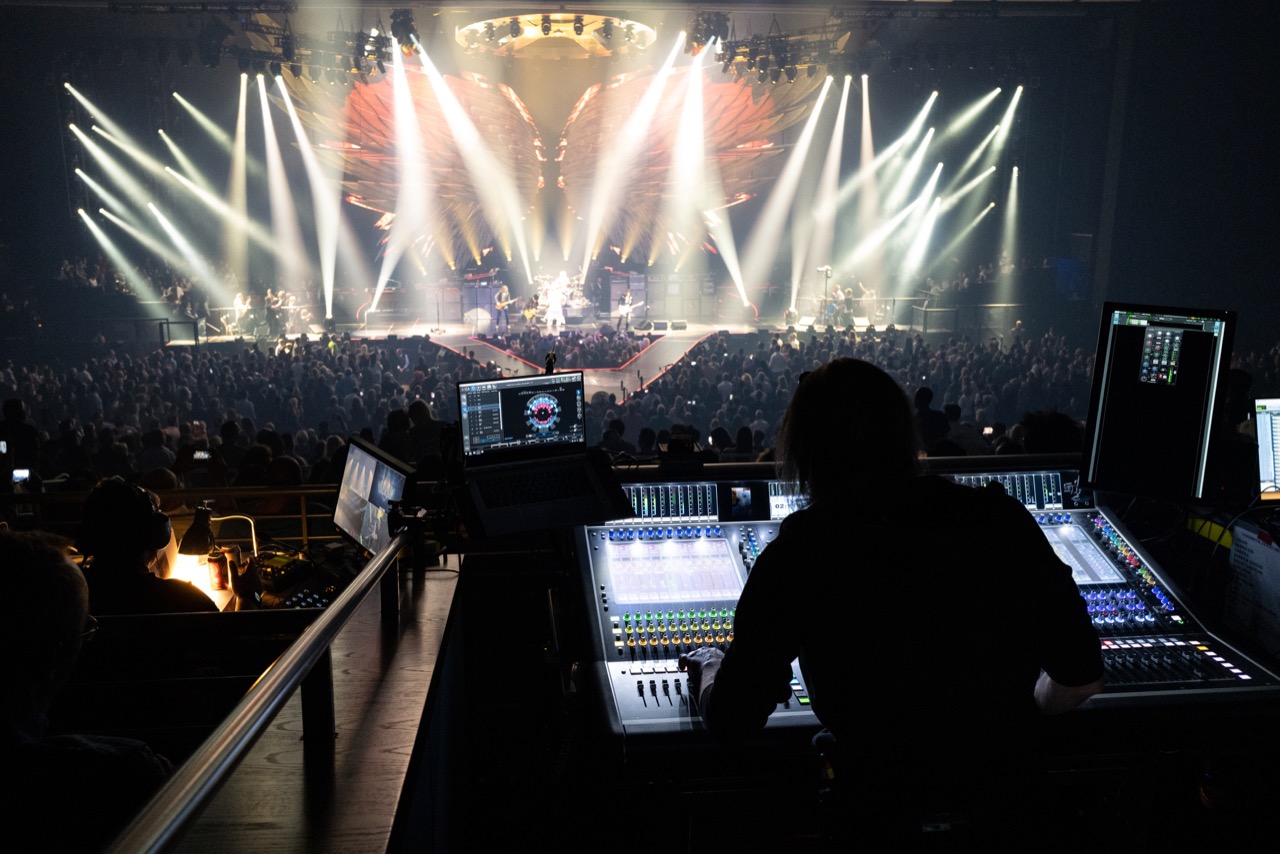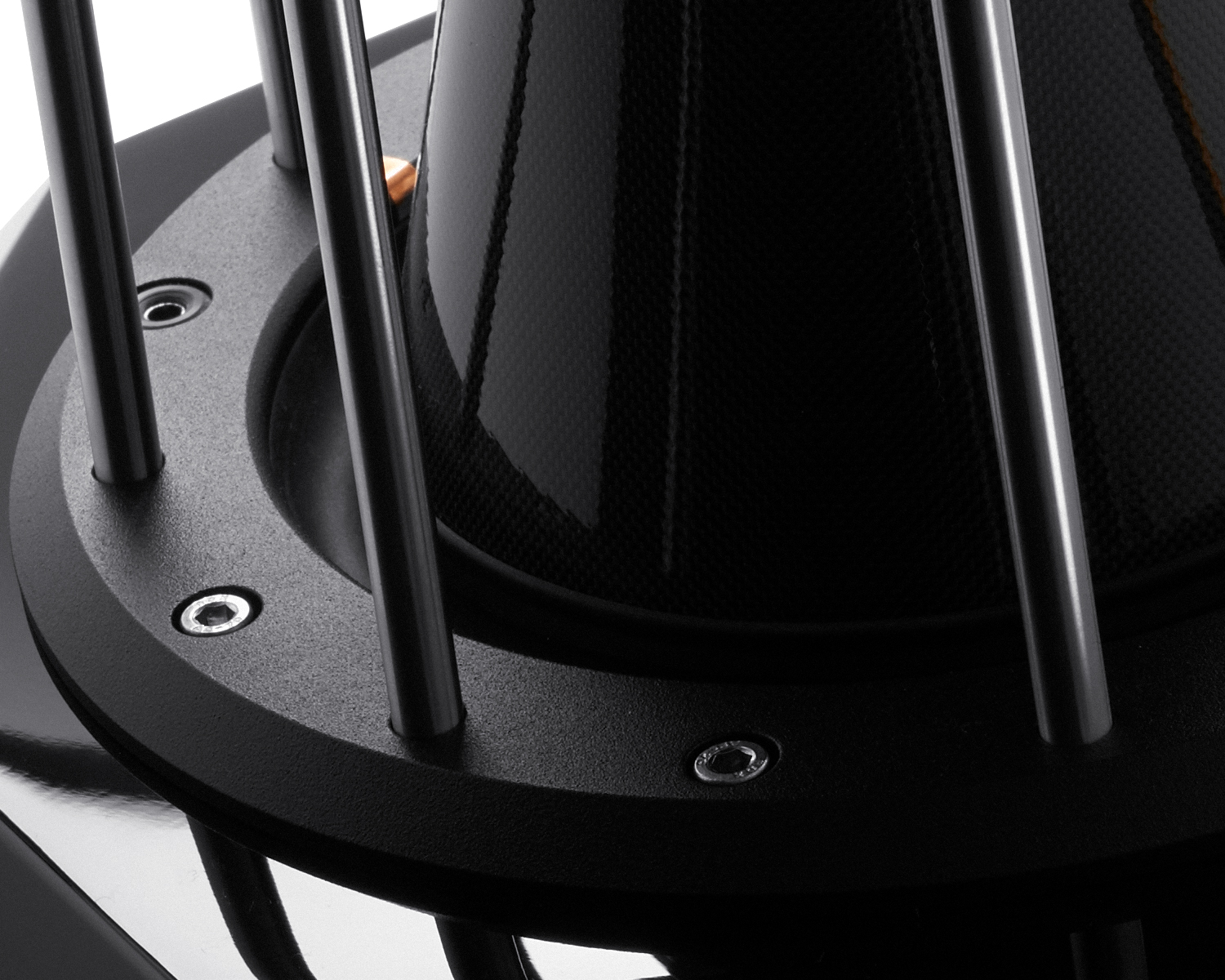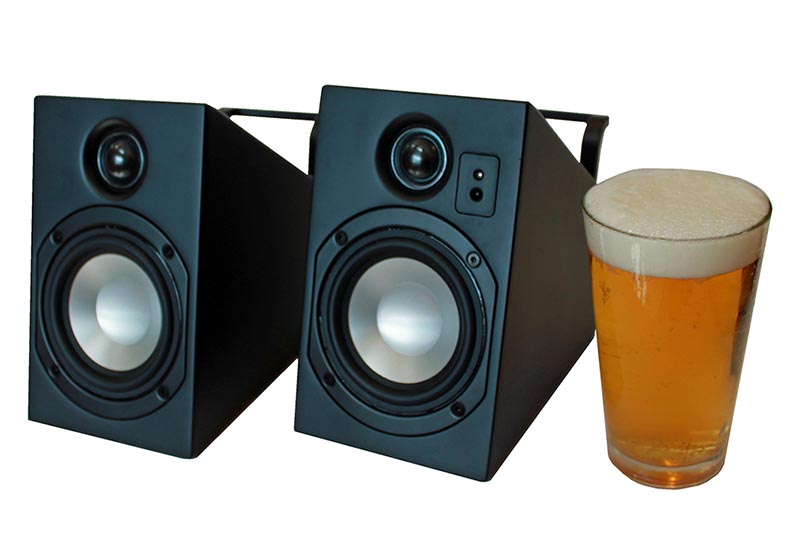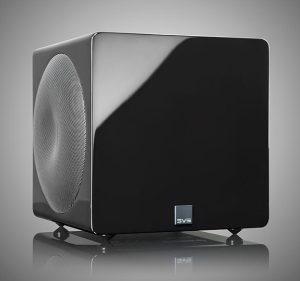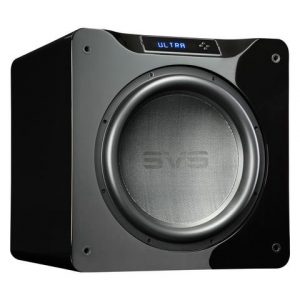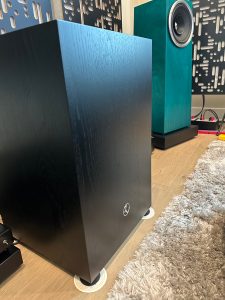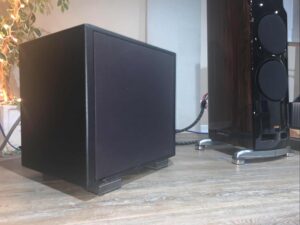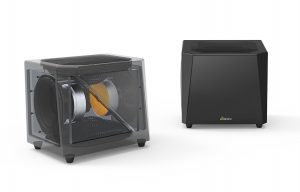Time was (and largely still is) when the use of subwoofers in a two channel, high end audio system was considered at the very least controversial, and heresy to the more vehement opponents of the idea. Having subscribed to this purist view myself, I didn't bother much with them over the years and as a result have listened to only a handful that weren't part of a home theater set up. What I did know about them was that if you were going to go sub it was go big or go home. And by big I mean big bucks.
Going back to the April 2000 edition of the Stereophile Recommended Components edition, a scant nine models filled out the subwoofer section with that field being dominated by the then quality leader REL. At $8,000 the REL Studio II represented the state of the art in subwoofer performance and having heard it, I understood why. It was the size of a small coffee table, authoritative, and had gobs of tuneful, undistorted, low frequency slam.
The latest Recommended Components issue (as of the publication of this review) has pared the field down to just seven subwoofers, four of them in class A and priced at $4,000 and up with one exception, the SVS SB16-Ultra, big brother to the subject of this review. And despite some well conceived arguments for their use by a number of knowledgeable and well respected members of the industry, it's still rare to see a sub in any two channel system.
Ever the iconoclast I have tried to prioritize results over strict adherence to ideology in the pursuit of audio nirvana. After hearing a number of quite excellent sounding 2.1 channel desktop systems it was a no brainer that under certain circumstances, a well integrated subwoofer could be quite useful. For the last four years a pair of PSB Alpha PS1s complemented by a SubSeries 100 have provided hours of musical enjoyment on my desktop.
Last year, when I reviewed the Vanatoo Transparent 0 powered speakers, on my desktop they paired nicely with that same PSB sub. But when I moved them to stands in my bedroom system the diminutive box just wasn't up to the task. Checking around for affordable subwoofers a few makes stuck out, and premier among them was SVS. I knew the brand, knew they had an excellent reputation for making gear that sounded good for the money and with their 45 day risk-free trial, figured I had nothing to lose. So I ordered an SB-2000 subwoofer (the smaller SB-1000 most certainly would have been up to the task) and awaited it's arrival.
I was shocked at the results. The combination of the SVS sub and the Vanatoos produced very high quality, full range sound, all for about $1,000, just add a source. I was on to something! My firm belief is that everyone who loves music should be able to enjoy high end sound. And almost everyone loves music in some form or another and has spent at least a few hundred dollars on something to reproduce it. Instead of throwing hard earned money away on mass marketed, well promoted sound bars and other junk that produces mid-fi quality sound, consumers deserve to get the best possible quality for the money spent. And it just makes more sense to support companies that are passionate about squeezing every last bit of performance from their products whether the cost is $100 or $100,000.
One evening last summer, I had the pleasure of attending an SVS event where the the SB-4000, PB-4000, and PC-4000 subwoofers were debuted. (Sealed Box, Ported Box, and Ported Cylinder.) There I met Gary Yacoubian, President and CEO of SVS. It quickly became clear that Gary shares this vision of making high end audio not only affordable, but accessible to everyone, by breaking down conventional stereotypes, attitudes, and barriers to entry to this world. As a result SVS enjoys a unique and close relationship with its customers, many of whom exhibit a passion and excitement for the brand typically reserved for comic book creators, horror icons, and other niche celebrities. Not surprisingly, a significant portion of their fans are young. Go figure. It's a customer facing, customer first approach, and it works.
After hearing the evening's demo, I requested a review sample. I was given the option of reviewing the PB-4000, the larger, ported box version of the 4000 series subwoofer. Given the, generally speaking, more accurate response of sealed box subwoofers and the anechoic -3dB point of 19Hz of the SB-4000 along with the incredible slam I already knew the 2000 could deliver, I felt the sealed box would be a better match for my Wilson-Benesch A.C.T. speakers.
Replacing the 13-Ultra series, the SB-4000 features a front firing 13.5 inch driver driven by a Sledge STA-1200D class D amplifier capable of producing 1200 watts RMS and 4000 plus watts of peak power. An Analog Devices DSP engine provides onboard digital signal processing allowing for in-room tuning, three band parametric equalization, low pass filtering, variable low pass slope, and exceptional performance. The SB-4000 Bluetooth Smartphone App allows for any of the performance parameters, volume, phase, polarity, equalization, room compensation, etc. to be controlled from the listening position via your iOS or Android device.
The cabinet comes finished in either black ash or Piano Gloss Black, is roughly an 18" cube (without the grill) and tips the scales at just over 100 lbs. The fit and finish are first rate and the inset controls and display on the top of the front panel give the whole affair a very expensive, refined look. A credit card sized IR remote is also included but I have yet to use it as the bluetooth app is just so sexy and easy to use. The rear panel features stereo RCA as well as XLR line level inputs and outputs, a 12V trigger input, an IEC power jack (power cord included), and an on/off switch.
What had impressed me about the SB-2000 was the speed, immediacy, and tunefulness of the bass, coupled with exceptional, chest thumping power and room shaking extension. That all of that could come from such a relatively small box is still perplexing. Nevertheless, mating a sub to the $349 Vanatoo Transparent Zeroes was one thing, but I had my doubts about the SVS' ability to keep up with the WB speakers. The bass that emanates from the carbon fiber cabineted, steel welded framed, cutting edge material science based speakers is incredibly fast and tuneful. To keep pace, Wilson-Benesch manufactures their own unique subwoofer, the Torus, with motor structures on both sides of an 18" cone that weighs a mere 18 grams. They don't even call it a subwoofer, it's an infrasonic generator. It's considered one of the fastest, most accurate subwoofers ever made and it was done for a reason. And last I checked it cost $12,500. I was a little bit nervous.
Unpacking the sub was straightforward following the excellent directions printed on the outside of the box. Wrestling it from the container was as easy as can be expected for a largish, 100+ pound piece of equipment and while it can be accomplished by one person, two are recommended. Set up (and selection) is aided by the subwoofer matching tool on the SVS web site. Its database contains a seemingly exhaustive list of every speaker brand and model ever made. Just input the manufacturer and model of your speakers and up pops the recommended subwoofer along with the low pass filter frequency and slope settings to best integrate the sub with your mains. You can even download and print a custom quick start guide to walk you through the set up for connecting to either an A/V processor or a 2 channel preamp.
The published -3dB of the WB speakers is 35Hz with a maximum spl of 111dB. Decent enough bass extension but missing nearly the bottom octave. 50Hz was the low pass frequency recommended by SVS with a 24dB/octave slope, which seemed sensible enough given the frequency range of the A.C.T.s. I connected the preamp's RCAs (my system is otherwise balanced) to the left and right RCA inputs of the subwoofer, fired it up and adjusted the low pass filter to the recommended settings.
Any concerns for the SB-4000 integrating with the rest of my system were short lived. My first impression was that the SB-4000 retained the same fundamental qualities as the 2000, fast, tuneful bass, huge amounts of slam and infrasonic bass extension. Adding a subwoofer to some speaker systems seems to expand the size of the soundstage, but I didn't get much of that sense with the SVS sub, probably owing to the main speakers' already exceptional abilities in that area. What I did notice was that with the sub, performers and instruments stood out in greater relief from the backdrop. It was as though the soundstage itself had become more palpable, more separate and distinct from the performers. Voices in particular sounded more three dimensional with the SVS in play. It also added contrast to the overall performance, producing a solid bottom end that, as great as the WB speakers are, provided a welcome dollop of gut level satisfaction. In short, everything sounded of a piece with no sense of the sub altering the character of the main speakers.
I toyed with several parametric EQ settings and got pretty good results from applying a small amount of narrow band boost at 24Hz but ultimately decided it was unnecessary and that flat sounded best. The Bluetooth app was extremely useful in trying out different settings. The optimum volume setting was album dependent which I imagine has to do with the equalization chosen by the engineer during the mastering process. On Crosby, Stills, Nash and Young's Deja Vu (CD, WEA/Atlantic 75050), a volume setting of -6dB added a well integrated sounding bottom end to the brilliant though somewhat bass anemic album. On Corinne Bailey Rae's eponymous album (CD, Capitol CDP 0946 3 66361 2 2), anything over -11dB sounded a bit overdone. Below that, the integration was seamless and her soulful voice stood out in greater relief against a more palpable performance space.
At a volume setting of -12dB, the SVS sub added just the right amount of solid punch to the kick drum and bass guitar of Shelby Lynn's Just a Little Lovin' (CD, Lost Highway 0602517448254), nicely extending the character of the A.C.T. speakers. By contrast, turning the sub off left the sound wanting, not quite as satisfying.
A great test of the bass performance of any system is Marcus Miller's "Cousin John" from M2 (CD, Telarc 83534). It's a bass killer and any system without the speed to resolve the intertwining low end tracks on this cut will simply fall apart. The SB-4000 sailed through with no issues.
Of course no subwoofer review would be complete without a little organ music. The low pedal notes on Bach's "Prelude and Fugue in D major" from Reference Recordings' 30th Anniversary Sampler (CD, Reference Recordings RR-908) shook the room with visceral impact. The sub never lost its composure, remaining tight and well defined even as the organ plunged the subterranean sonic depths. Likewise, the bass drum whacks on "Trittico" from Reference Recordings' HDCD Sampler (CD, Reference Recordings RR-S3), were tuneful and powerful. Removing the sub was the sonic equivalent of turning up the black level thereby reducing the contrast on a television, leaving everything grey and washed out.
Though watching movies wasn't my primary use for the sub, I do have a 106" screen and HD projector in my listening room. Employing the SB-4000 in a 2.1 channel configuration made for some exciting low frequency effects. The T-Rex footsteps in Jurassic Park for example could be felt throughout the house adding greatly to the excitement. In short, the SB-4000 handled everything I could throw at it without losing a beat and delivered high quality, high end sound that was right at home in a $50,000+ system.
About two months into the review period the output of the SB-4000 suddenly dropped to nearly nothing and it started making a metallic clang when pushed. I described the issue in a quick email to SVS and received a quick response suggesting that the amplifier had failed and offering several options to address the issue. I opted to have a replacement amp sent out which included very clear instructions for its installation. Replacing the amp was a very simple matter that consisted of loosening a few screws then unplugging and replugging a couple of solder-less connectors. In ten minutes it was back up and running and there were no further problems.
Though it was slightly inconvenient the incident clearly demonstrated SVS' commitment to extraordinary customer service. Parts fail from time to time, it's inevitable. The question is, how is the manufacturer going to respond. SVS was incredibly responsive and provided several different means to resolve the problem, allowing me to choose the one with which I felt most comfortable. This is the way it should be. Unfortunately I can't say this about every high end company I have dealt with.
SVS' gear also comes with an unconditional five year warranty and lifetime support to answer questions, trouble shoot problems, assist in set up, etc. Their products are sold with a generous 45 day in-home trial period and if you don't like it you will receive a full refund and free shipping both ways. You also have a year to trade up and receive full credit for the purchase price of the item you are trading in. And you can contact Gary Yacoubian directly if there is any problem that isn't resolved to your satisfaction. And, and, and, SVS offers more than half a dozen additional customer guarantees that go above and beyond to ensure your satisfaction with their products.
If this doesn't sound like typical high end audio, it's not. Along with the excellent build and sonic quality of their products, SVS lacks the pretense and stodginess that plagues some high end manufacturers and their dealers. Mr. Yacoubian is a true evangelist for the high end and is not afraid to show it. He leads by example and sets a very high bar. He expects every aspect of his company to meet that bar.
I'm going to go out on a limb here and say that the long term health of our industry depends on companies like SVS, companies that excite and invigorate new generations of budding audiophiles. We don't need another unapproachable, super high end speaker manufacturer pushing the state of the art in transducer design. And I'm not saying we don't want or enjoy that. We do, I do! But the audience for those products is very limited and such gear is unlikely to reach and even less likely to engage future generations of music lovers. We are, after all, one of the world's best kept secrets. The point of entry and value that SVS and a few others create for their customers is much more in tune with the expectations of today's consumers and is an incredible value proposition for old hands and would be audiophiles alike.
It's unusual to recommend not just a particular product, but a company as a whole for their approach to the market. This is one of those instances. SVS goes out of its way to produce products that offer excellent value, high quality sound, and a satisfying customer experience. SVS and the SB-4000 have my highest recommendation.
- Front-firing 13.5" driver
- Frequency Response
- 19-310Hz ± 3 dB (quasi-anechoic)
- Max Low Frequency Output:
- 126.8dB @ 32Hz 1/8 space 1m
- Input/Output
- XLR and RCA stereo input/output
- Input impedance 22K ohm (unbalanced) / 22K ohm (balanced)
- Amplifier
- Sledge 1,200-watt continuous Class D design with 4,000+ watts of Peak Power.
- Custom EQ and DSP limiter settings tuned specifically for the SB-4000 sealed cabinet design
- Power Requirements
- 100v-240v full range input
- Cabinet/Size/Weight
- Premium Black Ash and Piano Gloss Black finish options
- Protective non-resonant steel mesh grille
- 18.3" (465mm) H X 17.8" (453mm) W X 18.6" (471.3mm) D (without grille)
- 18.3" (465mm) H X 17.8" (453mm) W X 20.9" (530mm) D (with grille)
- 23.5" (598mm) H X 23.5" (598mm) W X 28" (712mm) D (shipped)
- 102.3 lbs. (46.4 kg) (unboxed)
- 117.8 lbs. (53.45 kg) (shipping weight)
SB-4000 Subwoofer
Retail: $1499.99 (Black Ash), $1599.99 (Piano Gloss Black)
SVS
877.626.5623




